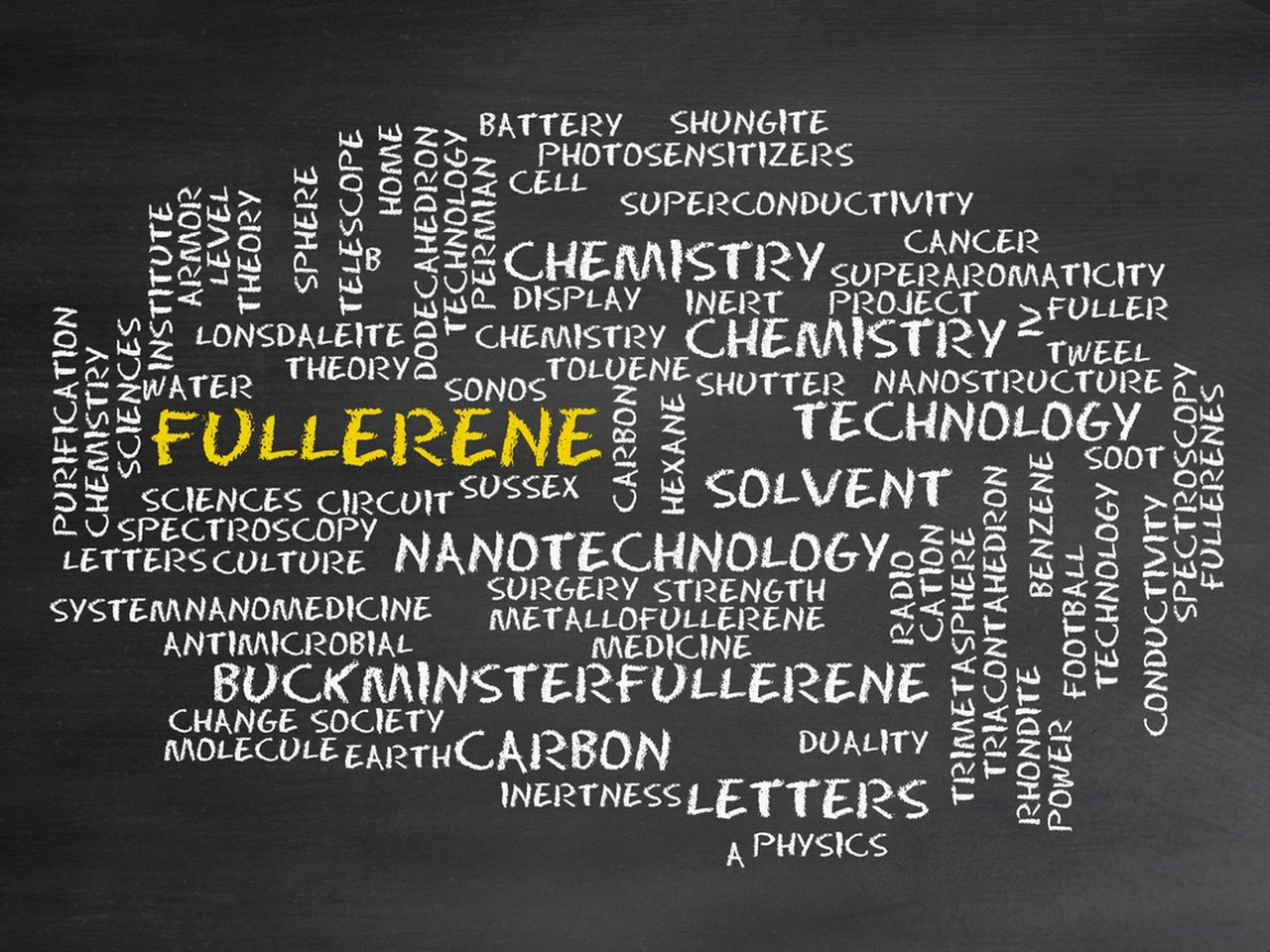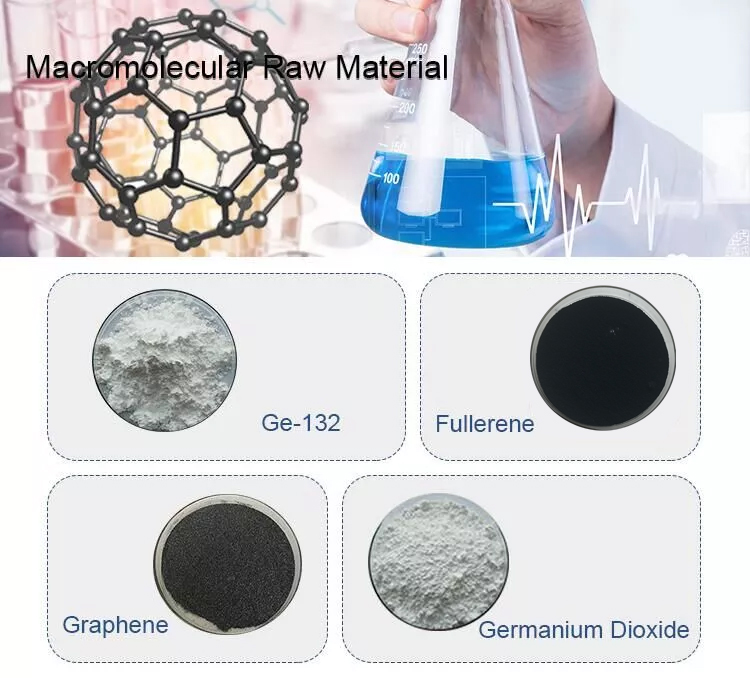Fullerene C60, also known simply as C60 or buckminsterfullerene, is a molecule composed of 60 carbon atoms arranged in a unique structure resembling a soccer ball or a geodesic dome. It was first discovered in 1985 by a team of scientists led by Sir Harold W. Kroto, Robert F. Curl Jr., and Richard E. Smalley. Their discovery earned them the Nobel Prize in Chemistry in 1996.
The structure of C60 is made up of 20 hexagonal and 12 pentagonal rings, with carbon atoms forming the vertices of these polygons and connected by alternating single and double bonds. This arrangement forms a hollow, spherical structure with 12 pentagons providing curvature and stability.

Fullerenes are a type of allotrope of carbon, similar to graphite, diamond, and graphene. They have unique physical and chemical properties due to their distinct structure. Some of the interesting properties of C60 include:
1.Stability: Despite its complex structure, C60 is remarkably stable and can withstand high temperatures and pressures.
2.Size and Symmetry: The symmetrical structure of C60 gives rise to its nickname “buckminsterfullerene,” as it resembles the geodesic domes designed by architect Buckminster Fuller.
3.Conductivity: C60 is a semiconductor, which means it can conduct electricity under certain conditions. This property has led to its exploration in electronic and photovoltaic applications.
4.Photoluminescence: C60 can emit light when exposed to certain wavelengths, a property that has potential applications in optoelectronics.
5.Radical Scavenging: C60 has been studied for its potential antioxidant properties. It can neutralize free radicals, which are molecules involved in oxidative stress and aging.
6.Drug Delivery: Due to its cage-like structure, C60 can encapsulate other molecules within its interior. This property has sparked interest in its potential as a drug delivery system.
7.Material Science: C60 and other fullerenes have been incorporated into materials to enhance their properties. For instance, they have been used to reinforce polymers and create new types of composites.
The discovery of fullerenes opened up a new field of nanotechnology and materials science. Fullerenes have been extensively studied for their potential applications in various industries, including electronics, medicine, energy storage, and more. Additionally, they have also provided valuable insights into the fundamental chemistry of carbon and the diverse ways in which it can form unique structures with intriguing properties.
A fullerene C60 molecule, also known as a buckminsterfullerene or simply a buckyball, is composed of 60 carbon atoms arranged in a highly symmetric, soccer ball-like structure. The basic ingredients of a C60 fullerene are:
1.Carbon atoms: The primary element that makes up C60 is carbon. There are 60 carbon atoms arranged in a specific pattern.
2.Hexagonal and Pentagonal Rings: The carbon atoms in C60 form a structure with 20 hexagonal rings and 12 pentagonal rings. This arrangement is known as a truncated icosahedron and resembles a soccer ball.
3.Double Bonds: Each carbon atom in C60 forms three covalent bonds with neighboring carbon atoms. This results in a series of alternating single and double bonds between the carbon atoms, creating a stable and rigid structure.

4.Electron Delocalization: The double bonds in C60 allow for the delocalization of electrons across the molecule, giving rise to unique electronic and chemical properties.
5.Spherical Shape: The arrangement of hexagonal and pentagonal rings creates a nearly spherical shape with a diameter of about 0.7 nanometers.
C60 fullerene exhibits various interesting properties due to its unique structure, including exceptional stability, high symmetry, and potential applications in fields such as materials science, electronics, and medicine.